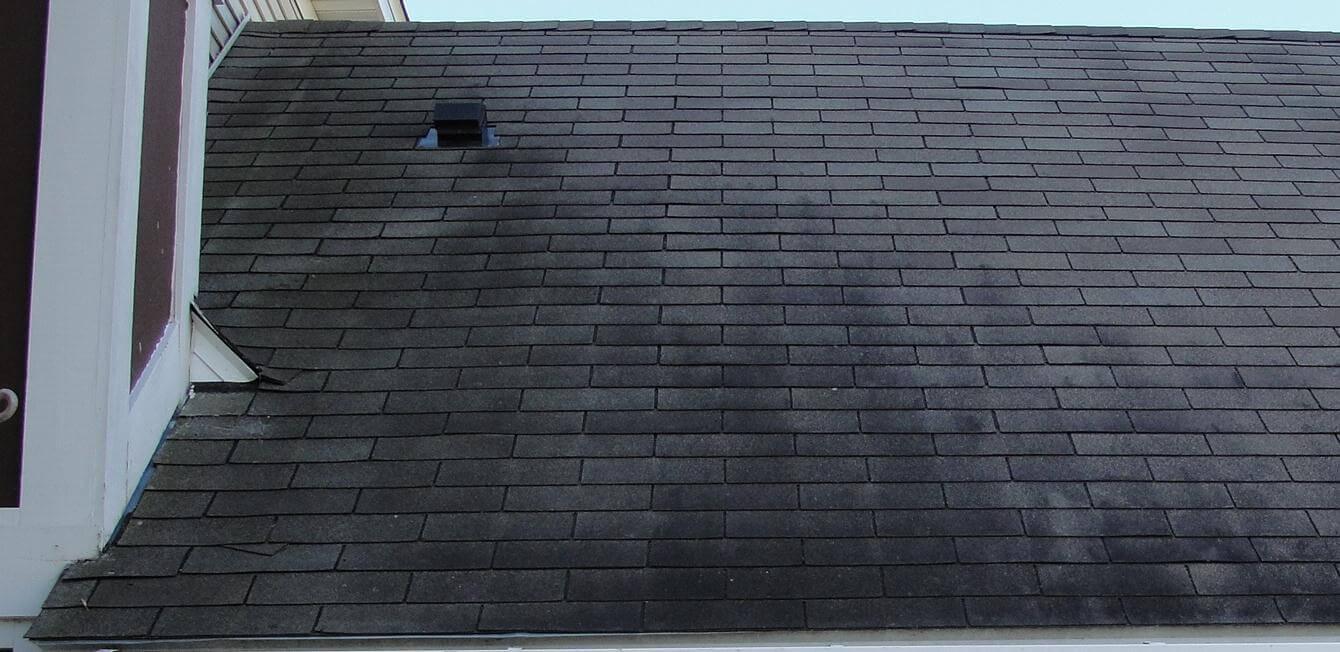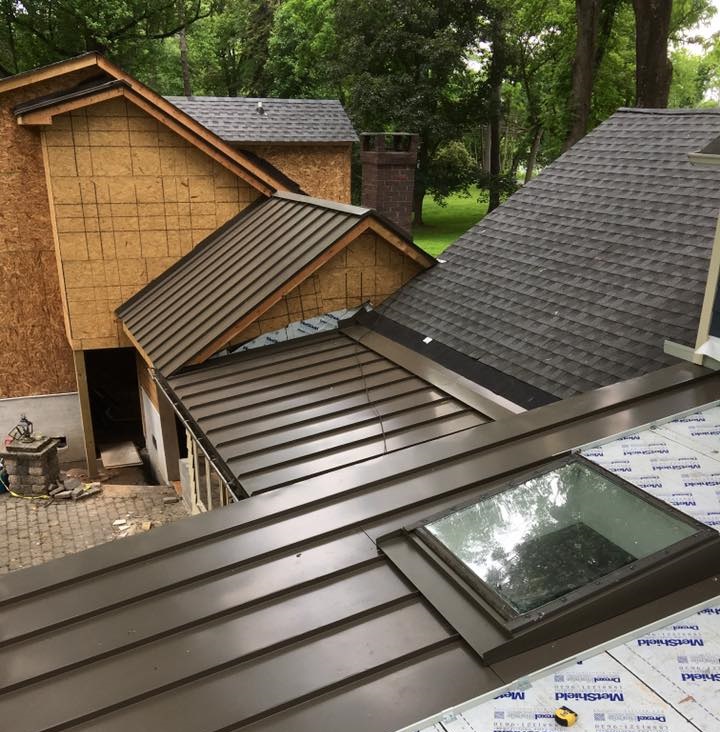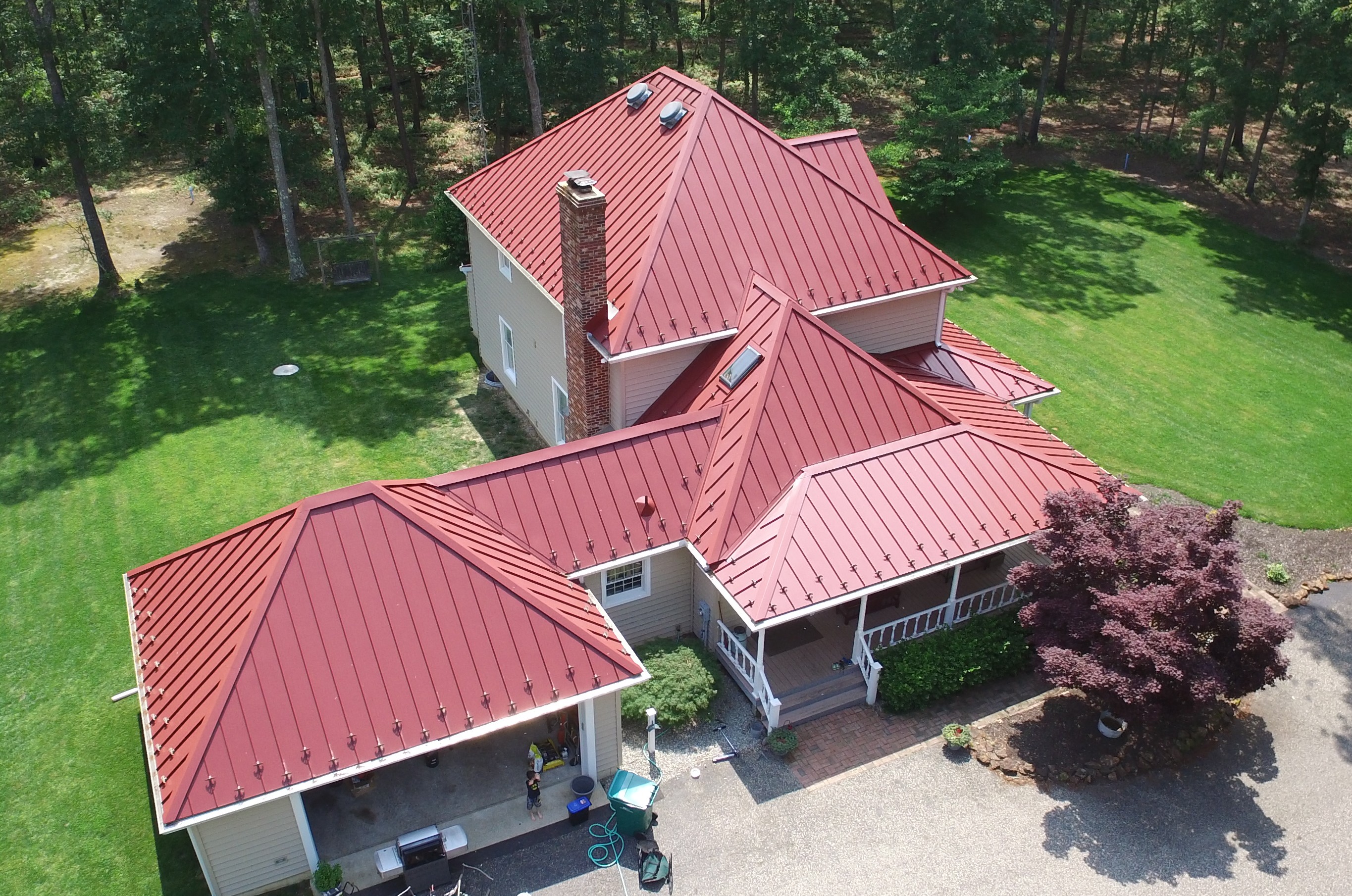Your New Roof Can Help Pay For Itself
Last week we spent time talking about getting a new roof. And for a lot of people, the expense is enough to send people running. What we’d like to talk about today it making that expense a little more bearable over time.
The idea being, your new roof will help pay for itself through lower utility bills. A new roof is going to be more energy efficient, even if you don’t choose a metal roof. How? Read on and find out.
Any number of issues can contribute to high cooling and heating costs, but you can start bringing those costs down by installing a new roof or repairing an existing one, keeping in mind the four factors we’ve outlined below.
Insulation
The best time to address a roof’s efficiency is during a reroofing project. you can improve the energy health of your roof by upgrading your attic insulation. Not only will adequate insulation extend the life of a roof, but it is also the number-one thing that translates into energy savings for a roof.
This layer of insulation creates a barrier that reduces the amount of thermal transfer between a toasty attic or a freezing one, depending on the season and the temperature-controlled air in the living portion of the house.
And even if you’re not replacing your roof now, you can add insulation to your attic at any time.
Ventilation
It may seem counterproductive to go to the trouble of improving attic insulation only to then add vents that admit outside air into the attic, but fresh air plays a vital role in roof health. While insulation serves as a thermal barrier between the living space and the roof, the attic itself can become extremely hot during summer months.
Without some sort of ventilation, excessive attic heat can warp roof decking and shorten the useful life of the shingles. It can even pass through the insulation to the rest of the house, forcing your air-conditioning system to work harder.
Intake vents, which draw fresh air into the attic, are placed along the lowest points of the roof, often in the soffit beneath the eaves. When paired with exhaust vents, which are positioned higher on the roof, a natural airflow circulation process occurs. Cool air enters the intake vents, warms, and then rises to the top of the attic, where it exits through the exhaust vents. This natural process keeps extreme heat from building up in the attic.
During a reroofing project, a contractor will inspect the existing ventilation and, if necessary, install additional vents to provide adequate ventilation for that home. With proper attic ventilation, the roof will last longer and help keep home cooling costs down.
Shingle Color
Now, if you’ve ever put your hand on a black car that’s been sitting in the sun on a hot day, you know how blistering hot its surface can become. The same thing happens to a dark roof. They absorb more heat from the sun than light-colored roofs, and as a result, more heat is transferred to the underside of the roof deck and to the attic underneath.
To remedy this problem, manufacturers make energy-efficient shingles in solar-reflecting colors that help reduce heat transfer to the attic and the rest of your house.
Better yet, highly reflective shingles last longer because they remain cooler, so their asphalt base does not age as quickly. Just remember to keep in mind that an energy-efficient roof isn’t just a matter of shingle choice: Reflective shingles work best in combination with these other energy-saving aspects we’ve talked about.
Radiant Barrier
Another energy-saving option that can help reduce heat transfer from the roof to the attic is the use of a radiant barrier. It’s a membrane that looks a little like you painted the underside of the roof deck with silver paint.
But it’s actually a coating that helps reflect the heat away from the attic. The result? Less solar heat gain. A radiant barrier is usually applied during a reroofing project that requires the replacement of the roof’s deck, or sheathing.
Used together with any or all of the other practices listed here, a radiant barrier can help your roof play a part in lowering heating and cooling costs meaning, your roof will help pay for itself over time.
Okay! Makes sense? We hope it does, but as always we at DYMI Construction are here for you if you have any questions or are ready to start your roofing project on your home or business. Just give DYMI a call or drop us a line today.
.


